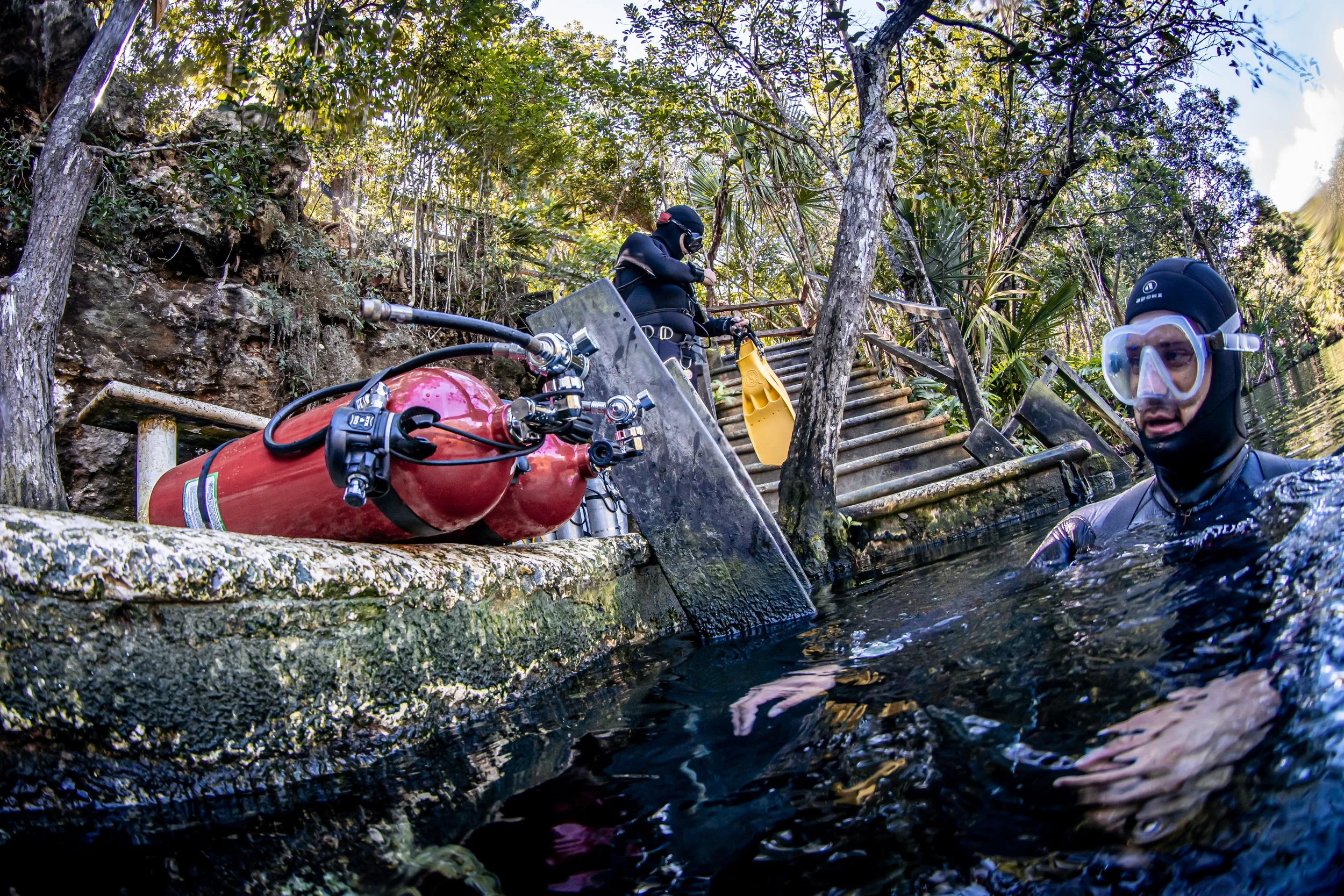Explore the Benefits of Sidemount Diving
When it comes to scuba diving, most of us are used to the standard setup where we wear our tanks on our back. But have you ever heard of sidemount diving? It's a different approach where divers carry their tanks on their sides, usually below the shoulders and along the hips. This configuration was first used by cave divers to navigate tight spaces, but it's now becoming increasingly popular among technical divers as well.
If you're considering sidemount diving, you might be wondering what the benefits are. One of the biggest advantages is streamlining. When you dive with tanks on your back, there's more surface area facing the opposite direction you want to go, which slows you down and causes drag. But, when you move your tanks to your sides, it reduces that drag, allowing you to move through the water more efficiently and use less air, making for a longer and more comfortable dive.
Carrying two tanks instead of one gives you an extra sense of security while diving. Not only do you have a greater air supply, but if something were to happen to one of your tanks, you've got a backup right there, ready to go. Plus, with sidemount diving, you don't have to worry about lugging a heavy tank on your back as you enter the water, making the setup process a lot more manageable.
Curious about diving with sidemount configuration? Keep in mind that it's essential to have the proper equipment. Unlike traditional BCDs, wing-style harness BCDs are usually used for side mount diving and have different attachments for the tanks. This allows you to keep the tanks at your side. Additionally, you'll need an elastic system called bungee to hold the tanks in place and one or two submersible pressure gauges for monitoring the tanks.
Another upside is that sidemount diving allows for a more personalized dive experience and equipment setup. Keep in mind that the more customizable your setup is, the longer it might take to get ready for a dive, but the better it will fit your needs and preferences. Additionally, it's important to note that sidemount diving requires special training to ensure safe and proper use.
If you're interested in learning how to dive with a sidemount configuration, PADI offers courses for both recreational and technical diving. The PADI sidemount diver course will teach you the basics of using this setup in more straightforward diving situations. On the other hand, the tech sidemount diver course will provide in-depth instruction on using up to four tanks, and how to handle the added complexity that technical diving requires. Both courses will provide the knowledge and skills you need to dive safely and confidently using a sidemount configuration.
Sidemount diving offers divers increased mobility and comfort underwater. Although additional training is necessary, the benefits of this diving technique are undeniable. Originally developed for cave diving, sidemount diving has become a popular choice for divers of all levels due to its ease of use and fluidity of movement through the water. Sidemount diving configuration is a versatile and efficient diving system that offers numerous benefits for divers of all levels.






